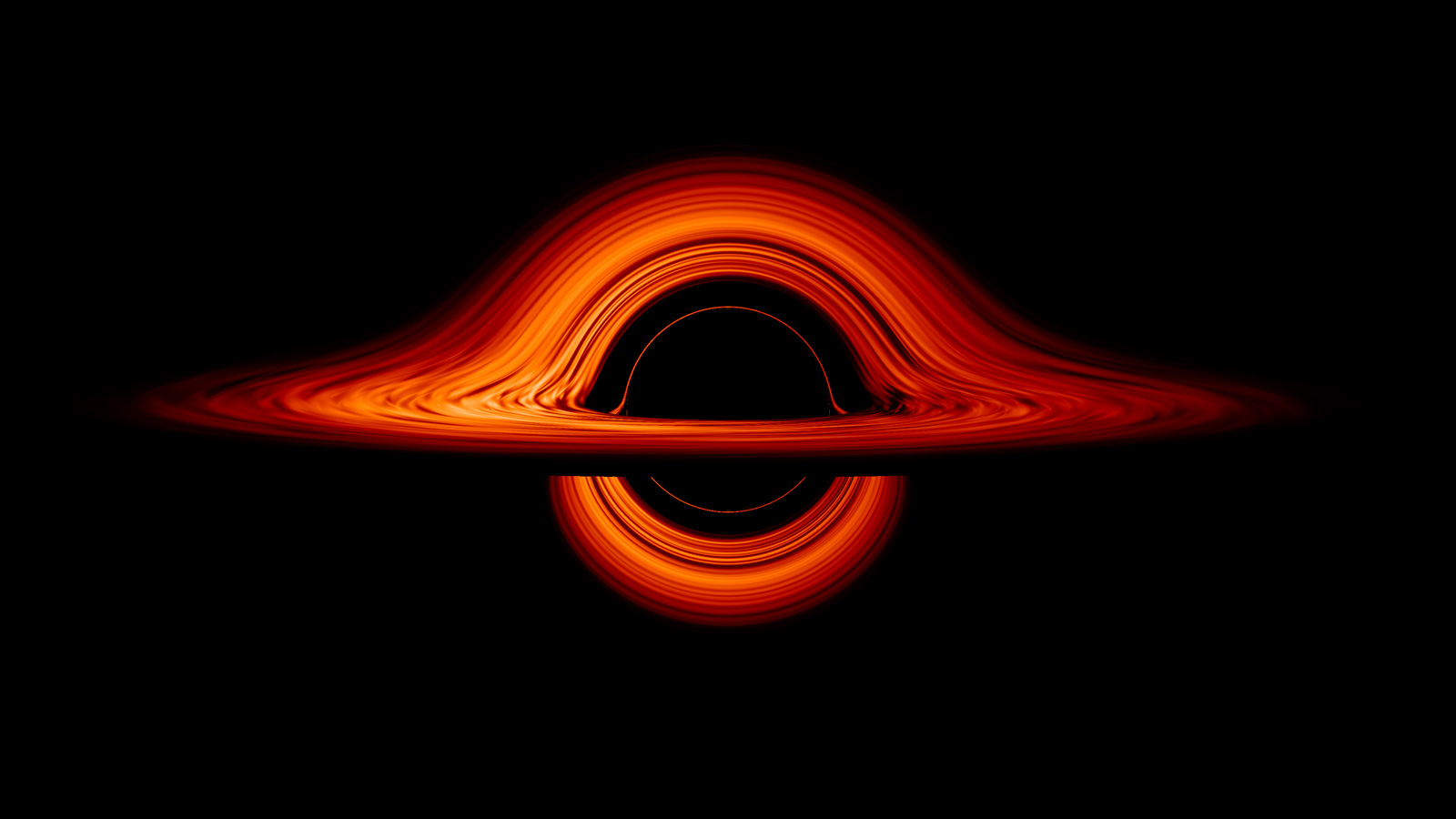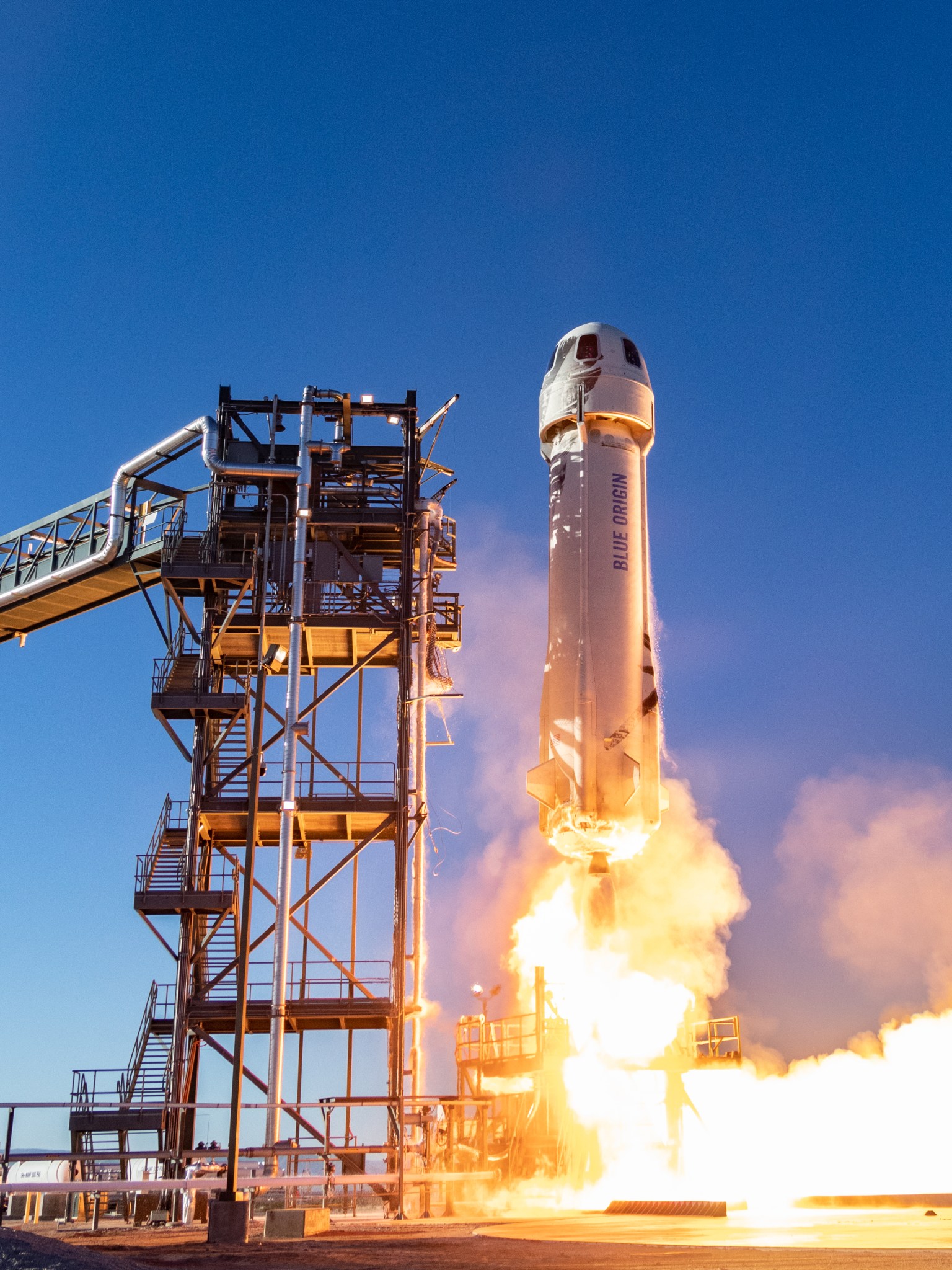Name: Franklin L. Robinson
Formal Job Classification: Thermal engineer
Organization: Code 545, Thermal Engineering Branch, Engineering and Technology Directorate
What do you do and what is most interesting about your role here at Goddard? How do you help support Goddard’s mission?
We develop thermal technologies, new ways to keep hardware at the desired temperature, whether that’s very hot or very cold or somewhere in between. The customers usually tell us that they have a component that they want to keep at a certain temperature. We then have to figure out what methods and technologies to use to achieve that temperature range. Heat transfer, as a means of cooling or heating, becomes very important.
When did you know that you wanted to become an engineer?
When I was still in elementary school, I was fascinated both with building things and with taking them apart. The challenge was always to take something apart and put it back together without having any extra pieces. It was all trial and error. I especially liked working with remote controlled cars and boats. I also loved Legos, a perfect building block for young engineers.
How did you come to Goddard?
While I was an undergraduate at the University of Maryland working on a mechanical engineering degree, I interned in Goddard’s Thermal Engineering Branch. I earned my master’s in mechanical engineering while working as a co-op in our branch, and I am currently working on a doctorate in mechanical engineering. It’s unusual that all of my degrees are in mechanical engineering and are all from the same university while working at the same place.
Why is heat transfer so important in maintaining a temperature range?
Heat transfer is the only way to ensure a desired temperature range. Heat has to be added or removed to maintain that range. I have always been interested in boiling, a common heat transfer method for components that dissipate a lot of heat. We know boiling can be affected by gravity, so an important part of the development process before launching into orbital space is to validate new technologies during suborbital tests.
What did simulating weightlessness on the “vomit comet” help you validate?
On Earth during boiling, gravity assists in removing vapor from a heated surface. For example, while boiling water, the bubbles form on the bottom of the pot and then surface to the top. By the way, these bubbles are actually water vapor, not air, which is a very common misperception. In microgravity, there is no buoyancy, so we have to use other techniques such as electric fields or pumps to remove the vapor from the heated surface.
We were trying one of those techniques during multiple, variable gravity campaigns consisting of eight flights in 2012 and 2013. A variable gravity flight, also known as the “vomit comet,” is a jet that flies parabolic maneuvers, basically big curves, to simulate weightlessness. You can achieve about 20 seconds of weightlessness for every parabola, and the jet can achieve about one parabola per minute with a maximum of about 40 parabolas per flight.
The “vomit comet,” is well named because the entire experience, although thrilling, can be quite gut wrenching. This was a fairly stressful flight campaign, strenuous on the aircraft, and also hard on the pilots and passengers. Thankfully, we all took anti-motion sickness medicine so no one had any problems. And I got to pretend to be an astronaut.
What did Blue Origin’s New Shepard rocket help you validate?
Blue Origin’s New Shepard, named for astronaut Alan Shepard, and the “vomit comet” are both suborbital test platforms. New Shepard flies much higher, so the conditions of microgravity are much cleaner and longer, lasting about three minutes. It is a one shot deal, so we get only one, three-minute period of microgravity per flight. The goal of our payload was to determine whether gravity affected the boiling performance in a new cooling system we hope to use on future space missions.
In January 2019, our payload was launched on New Shepard. Watching the launch by webcast, I felt that it was incredible that I could be a part of the team that did all of this. Of course I also felt relieved that the launch went well.
As much as I enjoyed watching the flight, getting the data back was even more exciting. And I am very happy to report that our experiment worked!
Who has inspired you the most?
Richard Feynman, the late physicist, is one of the three physicists who won the Nobel Prize in Physics in 1965 for their work on quantum electrodynamics. He was an enthusiastic teacher and prolific writer. He was remarkably approachable, especially given his status within the scientific community. There is a book that documents letters he wrote throughout his life, and many of them are responses to ordinary people asking questions about physics. He wanted to make physics accessible to everyone, which I think is admirable. He was such a wonderful combination of intelligence, exuberance and approachability.
Is there something surprising about you that people do not generally know?
I was born here in Maryland and have lived in Maryland my whole life. I have worked for Goddard my entire career too, in the same branch. I guess that I got lucky and was born in the right place.
So it is no surprise that I am a tremendous fan of all of Maryland’s many fine sports teams. I especially love watching the Orioles. I am a much less talented Frank Robinson than the late, great Orioles Hall of Fame player and manager. I am actually the third Franklin Robinson in my family, so probably our family used the name first.
By Elizabeth M. Jarrell
NASA’s Goddard Space Flight Center



























